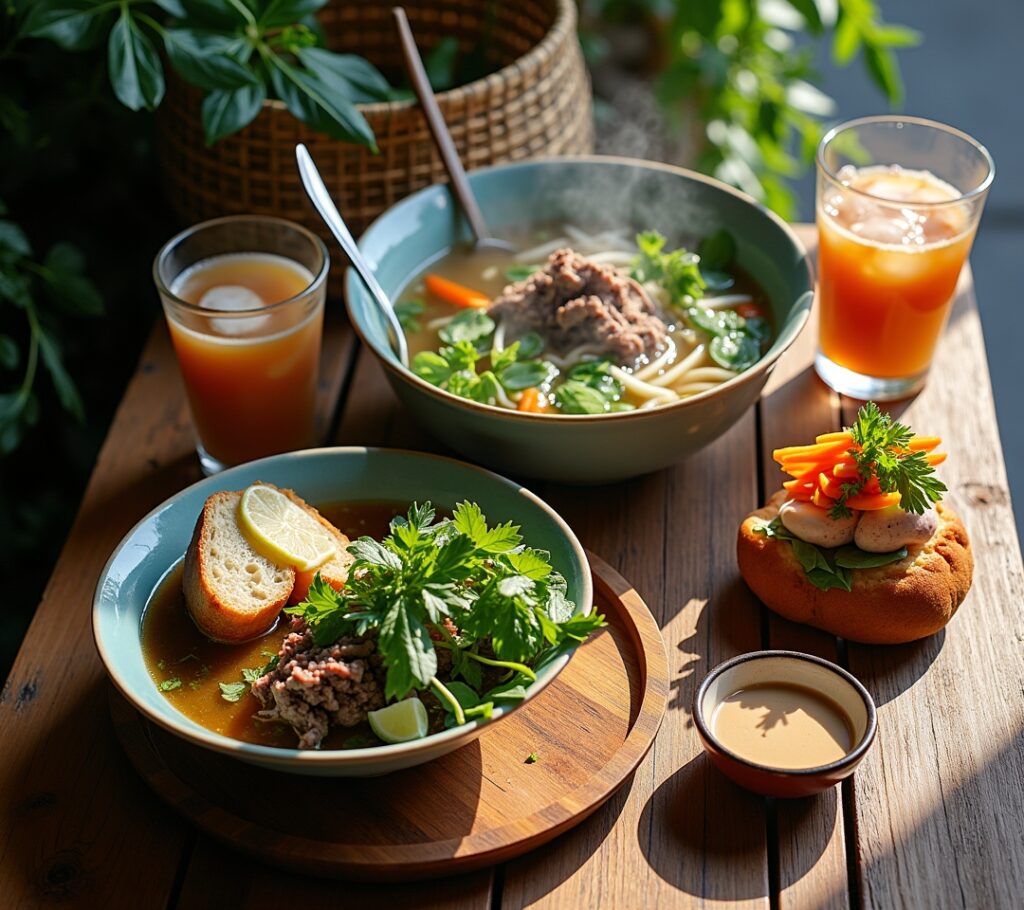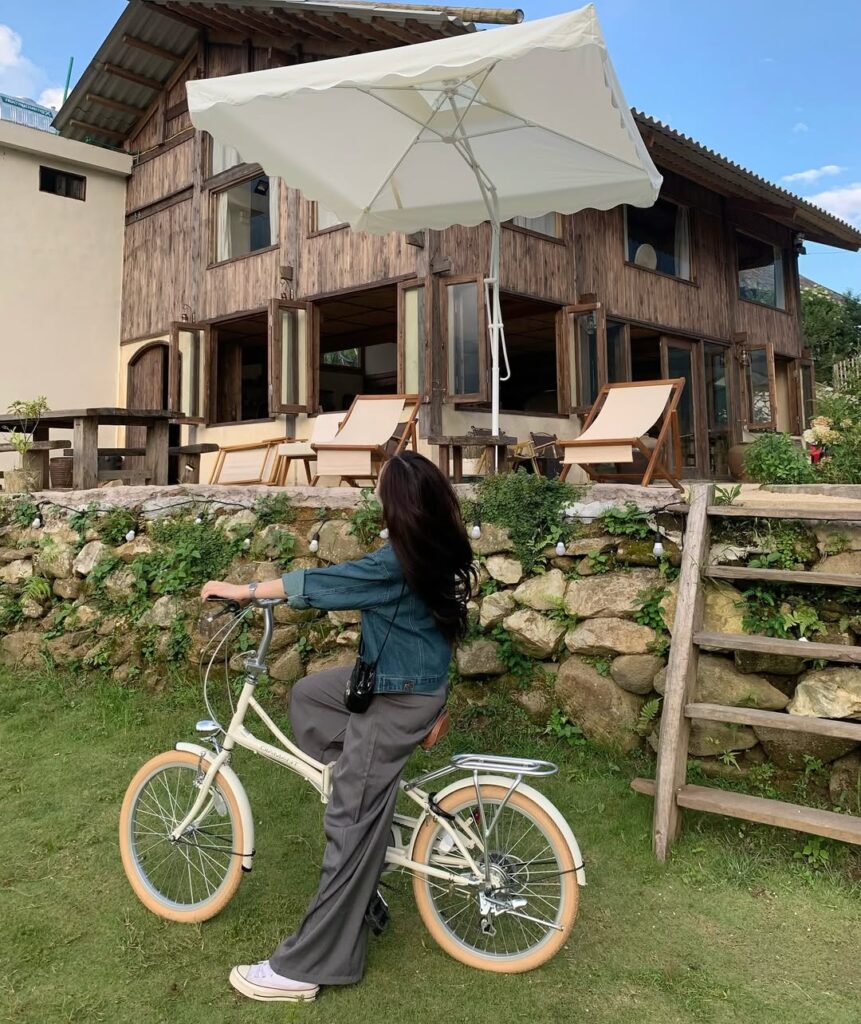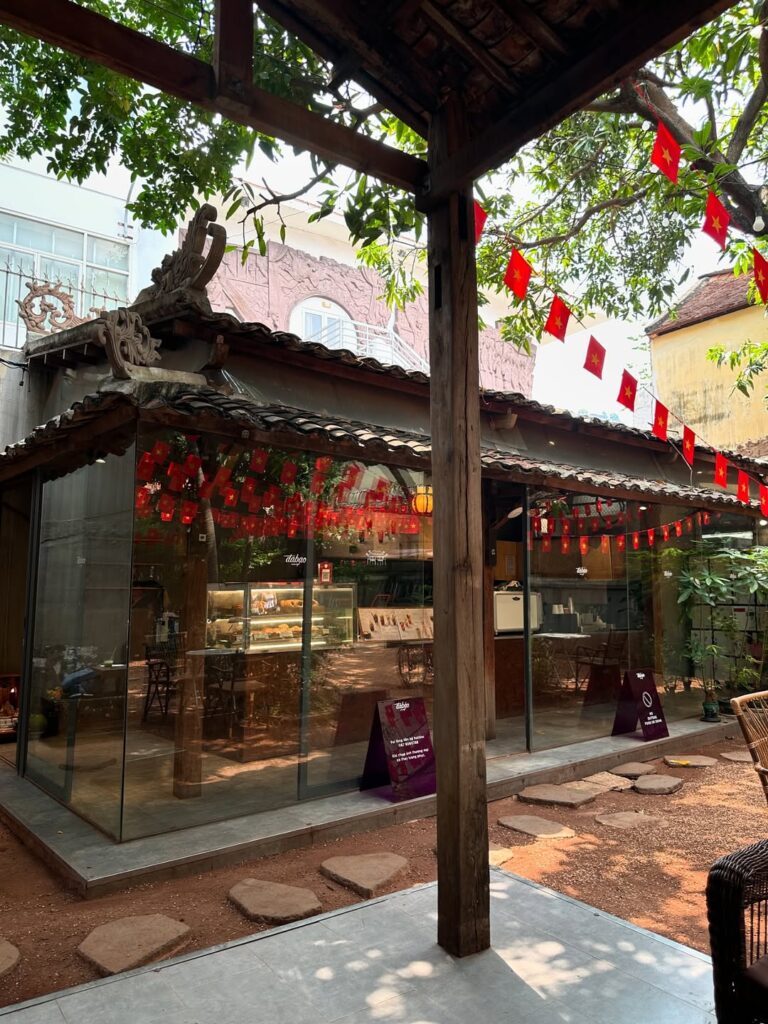Advertisements
Did you know that over 70% of food bloggers struggle to create content that feels genuinely authentic? I learned this the hard way when I first started sharing Vietnamese recipes online. My grandmother’s pho recipe got exactly three likes, and honestly, I was crushed!
Creating authentic Vietnamese food content isn’t just about sharing recipes – it’s about preserving culture, telling stories, and connecting with people who crave that real, homestyle experience. After years of trial and error, I’ve discovered what truly resonates with audiences hungry for genuine Vietnamese cuisine content.
The Mistakes I Made (And How You Can Avoid Them)

Man, where do I even start with my early blunders? I used to post these super formal recipe cards that looked like they came straight from a cookbook. Zero personality, zero soul.
The biggest mistake was treating Vietnamese food like it was just another cuisine to check off a list. I’d write posts like “Easy Vietnamese Pho Recipe” without explaining why my bà ngoại would simmer her broth for 12 hours straight. People could sense the disconnect immediately.
Another major screw-up was using stock photos of Vietnamese dishes instead of my own messy, imperfect kitchen shots. Trust me, authentic food content needs that real-life chaos – the cilantro scattered on your counter, the slightly burnt edges on your bánh mì bread.
What Makes Vietnamese Food Content Feel Authentic
After countless failed posts, I finally figured out the secret sauce. Authentic Vietnamese food content comes from understanding that every dish has a story, and every story has emotion attached to it.
First, you gotta nail the cultural context. When I write about pho, I don’t just list ingredients – I talk about how it’s Vietnam’s national dish, how it brings families together, how the aroma can transport you back to Saigon streets.
Second, personal anecdotes are everything. I share stories about burning my first batch of spring rolls, or how my mom taught me to fold bánh chưng during Tết. These moments make readers feel like they’re cooking alongside a friend, not following some random internet recipe.
The Technical Side That Actually Matters
Here’s where things get a bit nerdy, but stick with me. Vietnamese food content needs specific keywords that search engines understand, but more importantly, that Vietnamese food lovers actually search for.
Instead of generic terms like “Vietnamese soup,” I use specific dish names like “bún bò Huế” or “cháo gà.” People searching for authentic recipes know these terms, and using them signals that you’re the real deal.
I also learned to include ingredient substitutions because let’s face it – not everyone has access to a Vietnamese grocery store. When I mention fish sauce, I always explain what it is and why it’s essential, but I’ll also suggest where to find it locally.
Building Trust Through Transparency
The Vietnamese food community is tight-knit, and they can spot fake authenticity from a mile away. I’ve seen food bloggers get called out for sharing “traditional” recipes that were clearly adapted from American tastes.
What works is being upfront about your connection to the cuisine. I always mention that I’m Vietnamese-American, that some of my recipes are family adaptations, and that regional variations exist. This honesty actually builds more trust than claiming to be the ultimate authority.
I also encourage readers to share their own family variations in the comments. Some of my best content ideas have come from these conversations – like when Mrs. Nguyen from Houston shared her trick for perfectly crispy bánh xèo.
The Content Formats That Actually Work
Not all Vietnamese food content needs to be traditional blog posts. I’ve had amazing success with behind-the-scenes videos showing the prep work that goes into dishes like bún riêu or bánh ít.
Step-by-step photo tutorials work incredibly well for complex dishes. Vietnamese cooking often involves techniques that are hard to describe in words – like the proper way to wrap bánh chưng or how to achieve that perfect char on grilled pork.
I also create “story posts” where I dive deep into the history of specific dishes. These pieces about the origins of pho or the significance of certain foods during Vietnamese holidays consistently get shared and bookmarked.
Your Next Steps in This Delicious Journey
Creating authentic Vietnamese food content isn’t about perfection – it’s about passion, respect, and genuine connection. Start small, be honest about your journey, and remember that even the most experienced cooks are still learning.
The most important thing is to approach Vietnamese cuisine with curiosity and respect. Whether you’re Vietnamese yourself or someone who fell in love with the food, your unique perspective matters.
Ready to dive deeper into content creation strategies and discover more authentic approaches to food blogging? Check out more insights and tips over at Linkcheese – I’d love to continue this conversation and help you create content that truly resonates with your audience!



Pingback: My Ultimate Budget Food Travel Guide For Eating Like a Local